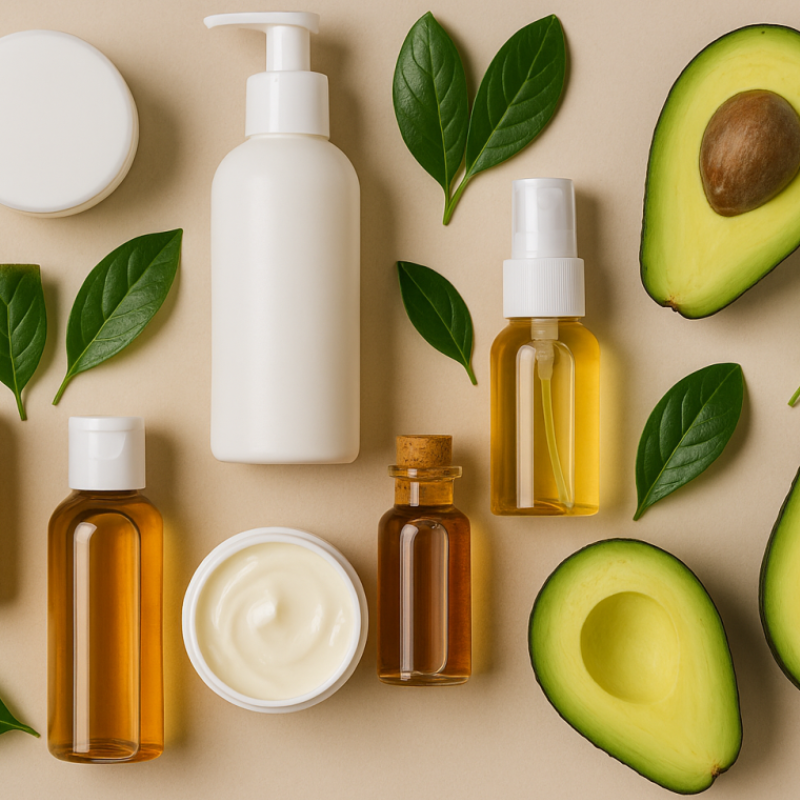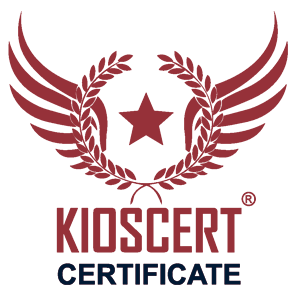
Halal Cosmetics: Compliance in Alcohol/Solvents, Perfume and Enzymes
Halal cosmetics are formulated to respect religious sensitivities while meeting modern safety and quality expectations. Compliance extends beyond ingredient bans: it covers source verification, process controls, cleaning validation, supplier assurance, labeling accuracy, market localization and ongoing re-assessment. This guide focuses on four sensitive groups—alcohol/solvents, perfume essences, and enzymes—then translates those requirements into operational controls, audit evidence, and market-specific alignment for MENA and SEA.
The practical approach is risk-based: identify critical points (where non-halal risks can enter), establish measurable limits and tests, and maintain an auditable chain of evidence from raw material to finished product. Treat the system as living: every formula or supplier change triggers a new review.
Banned/Suspicious Ingredients and Viable Alternatives
Start with a master inventory of banned and suspicious inputs. Classify each by origin, function and risk of carryover. Below are frequent red flags and practical swaps:
- Alcohol-based solvents (ethanol, isopropanol): Prefer water, plant glycerin, propanediol (from corn), or PEG-free natural solubilizers validated for residuals.
- Animal-derived fats/waxes (lard, non-halal tallow, beeswax blends): Replace with certified plant oils (sunflower, olive, jojoba), rice bran wax, candelilla or carnauba where functionally feasible.
- Enzymes of ambiguous origin: Select microbial or fungal enzymes with explicit halal statements and production records (fermentation substrates, antifoams, carriers).
- Fragrance carriers and fixatives: Use alcohol-free carriers, triethyl citrate alternatives, or halal-certified encapsulation systems; obtain IFRA/Allergen disclosures.
Important
“Plant-based” is not automatically halal. Confirm processing aids, excipients and extraction solvents used upstream.
Alcohol Traces: Process Residues, Cleaning and Measurement
Alcohol might appear as a process aid (e.g., equipment cleaning) or as a trace impurity in intermediate steps. The goal is to design controls that prevent intentional addition while ensuring any unavoidable residue remains below defined halal thresholds and is demonstrably safe.
Control and Verification Plan
- Mapping: Chart where alcohol could be used (cleaning, disinfection, solvent extraction). Define critical control points (CCPs).
- Cleaning validation: Validate CIP/SIP or manual cleaning with swab/flush testing; verify aeration/drying time if alcohol was used off-line.
- Analytical methods: Use GC-FID/GC-MS for trace quantification (ppm). Trend by lot and by equipment.
- Acceptance criteria: Set numeric limits aligned with your certifier and target markets. Document rationale and references.
Tip
Where feasible, replace alcohol in cleaning with approved non-alcoholic detergents and hot-water protocols to simplify validation.
Perfume and Essence Supplier Verification
Fragrances are multi-component systems. Verify both composition and carriers, and ensure supplier transparency without exposing proprietary accords beyond what is necessary for compliance.
Documents to Collect
- Valid halal certificate: From an accredited/recognized body, with scope including production site and relevant categories.
- MSDS/Allergen list/IFRA statement: Confirms solvents, carriers, and sensitizer risks.
- Restricted substances declaration: Negative statements for ethanol and non-halal animal derivatives.
Audit Practices
- On-site or remote audit: Review batching records, carrier specs, and cleaning between fragrance types.
- Certificate renewal tracking: Maintain a calendar; block POs if certificates expire.
Reality Check
A “halal logo” on a brochure is not enough. Match certificate number, scope and validity dates to the actual supplied items.
Formula Changes and Reassessment
Every change can shift halal status—even “minor” swaps or concentration tweaks. Build a formal change-control workflow aligned with quality systems.
Reassessment Workflow
- Impact screening: What changed (source, spec, supplier, process)? Which risks increase?
- Documentation refresh: Collect new CoAs, halal certificates, production flow descriptions.
- Risk tiering: Low/Medium/High determines sampling depth and re-testing (e.g., GC-MS for carriers).
- Label & claims alignment: Update packs, datasheets, and web pages to reflect maintained eligibility.
Packaging and Auxiliary Materials
Primary packaging, pumps, liners, inks, coatings and lubricants can introduce non-halal risks or interact with the formula. Extend due diligence to all materials in contact.
What to Verify
- Composition and origin: Polymer type, plasticizers, resins, waxes and any processing aids.
- Migration/sorption potential: Use applicable migration tests or supplier declarations; assess barrier properties.
- Cleaning/pre-treatment: If ethanol/IPA used by the packer, confirm ventilation times and residual testing.
Line Changeover and Cleaning Validation
Prove the absence (or acceptable trace) of previous product and non-halal residues after changeovers. Select the “worst-case” soil to validate robustly.
Verification Toolkit
- Visual + rapid tests: Swab ATP/TOC/Conductivity where applicable.
- Targeted analytics: GC-MS for volatile solvents/carriers; FTIR for waxes/oils; define LOQ/LOD.
- Trending: Track results per equipment and product family; set CAPA triggers.
Label Claims (Halal, Vegan, Cruelty-Free) and Legal Alignment
Claims require claim-evidence files. Keep halal distinct from vegan: halal animal-derived materials (e.g., certified bovine gelatin) are not vegan. Avoid green-washing; use precise language.
- Claim mapping: For each claim, list evidence: certificates, test results, SOPs and supplier letters.
- Market nuances: Align with local definitions and advertising standards; record legal checks.
Sampling Plan and External Laboratory Selection
Independent verification strengthens credibility. Use risk-based sampling and accredited laboratories.
Risk-Based Sampling
- High risk: Perfume carriers/solvents → test each lot until performance proven; then reduce frequency.
- Medium risk: Surfactants, emollients → monthly/quarterly trending.
- Low risk: Inert fillers, high-barrier packs → annual checks and document review.
Lab Criteria
- ISO/IEC 17025 scope: Methods validated for cosmetic matrices and target analytes.
- Reporting: Lot-traceable reports, with LOQ/LOD and method references.
Audit Evidence File: Suggested Contents
Prepare a centralized, version-controlled repository. Suggested folders:
| Folder | Contents | Notes |
|---|---|---|
| 00_Management | Policies, RACI, training | Halal policy ownership and reviews |
| 10_Suppliers | Certificates, audits, contracts | Fragrance, solvent, packaging suppliers |
| 20_Formula | Current formula, revisions | Change logs, impact assessments |
| 30_Production | Flows, equipment lists | Changeover SOPs |
| 40_Cleaning | Validation, swab/flush | TOC/GC-MS summaries |
| 50_Lab | Reports, methods | LOQ/LOD and references |
| 60_Packaging | Declarations, migration | Inks, coatings, liners |
| 70_Labels | Artwork, claim mapping | Halal/Vegan/CF evidence |
| 80_Markets | MENA/SEA requirements | Language, recognition |
Market Requirements: MENA vs. SEA
Acceptance depends on certificate recognition, label language, and evidence depth. MENA often prioritizes Arabic labels and locally recognized halal bodies; SEA markets (e.g., Malaysia/Indonesia) emphasize transparent dossiers and may favor vegan/plant-based narratives.
Conclusion and Roadmap
Build a resilient system: map risks, validate cleaning, verify suppliers, test smartly, and localize claims. Re-assess whenever formulas, suppliers, or markets change.
